Description
Description:
It has weak androgenic effects, so it causes very strong strength gains, but without excessive weight gain because it causes almost no water retention in the body. Oxandrolone by itself does not cause qualitatively significant changes in muscle mass. But according to recent studies, the gained mass is retained for a long time. It does not aromatise even with higher and prolonged use. This substance does not affect the endogenous production of testosterone at short-term and low use. Testicular atrophy, on the other hand, is a common occurrence with long-term use. (A study showed that at 12 weeks, when taking 80 mg per day, endogenous testosterone production was suppressed by 67%).
Oxandrolone is a very popular steroid. Searle introduced it to the American market under the name Anavar in 1964. Oxandrolone was very popular for two decades until it was discontinued (1 June 1989). Today, oxandrolone is legally produced only in a few countries and only in tablet form with a very low content of the active ingredient.
Structurally, it is a 17-alkylated derivative of DHT, unique among steroids by the substitution (replacement) of the 2nd carbon in the A-ring with oxygen (O). This minor chemical change prevents odours and generally makes oxandrolone one of the least androgenic steroids with minimal side effects.
Side Effects:
Side effects are much less pronounced compared to other substances, acne is the most commonly mentioned and it has quite a strong effect on the digestive tract (at higher doses), so regular diarrhoea is often mentioned when taking oxandrolone. As one of the few steroids, it supports proliferation of muscle myofibrils, especially with long cycles of about 2-3 months. It is mainly suitable for the second half of the cycle, but can be used for the entire cycle as well. It is effective for positive nitrogen balance even in minimal amounts. It supports the formation of creatine phosphate and increases its supply to the muscles. It is primarily suitable for dieting, but also for gaining mass. It suppresses hunger and, according to recent studies, it also has a mild fat-burning effect. It is a 17-alpha-alkylated drug, which means it is toxic to the liver but not extreme (studies,
Because oxandrolone is a dihydrotestosterone derivative, it is not aromatised at all and therefore does not cause muscle softness, puffiness or gynaecomastia in men. Androgenic effects are also minimal, even in sensitive individuals. It can be said that in normal doses, oxandrolone has virtually no visible side effects. Since it does not lead to a dramatic increase in muscle mass, it is suitable for users with a potential risk of high blood pressure. Oxandrolone can sometimes cause abdominal bloating and vomiting if taken with meals. Some users also report nausea when taking oxandrolone alone.
The use of this weak androgen is quite widespread among women. Virtually no signs of masculinisation have been observed in women taking 5 mg of oxandrolone daily. Most women start with one tablet daily and increase the dose to 3 tablets. The 5 mg dose proved to be the optimal dose. The first signs of virilisation are increased hair growth, coarsening of the voice, acne, decreased libido or enlargement of the clitoris. If any of these symptoms occur, women should stop taking oxandrolone immediately.
It is often claimed that oxandrolone does not suppress natural androgen levels even in high doses, but this information is not true. Like any steroid, it does reduce testosterone levels in the body, although to a lesser extent than other steroids. Twelve weeks of taking 20-40 mg/day can reduce testosterone levels in the body by about 45%. When taking 80 mg/day over the same period of time, testosterone levels in the body decreased by 66%
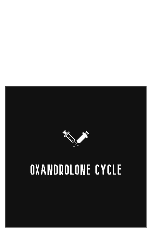
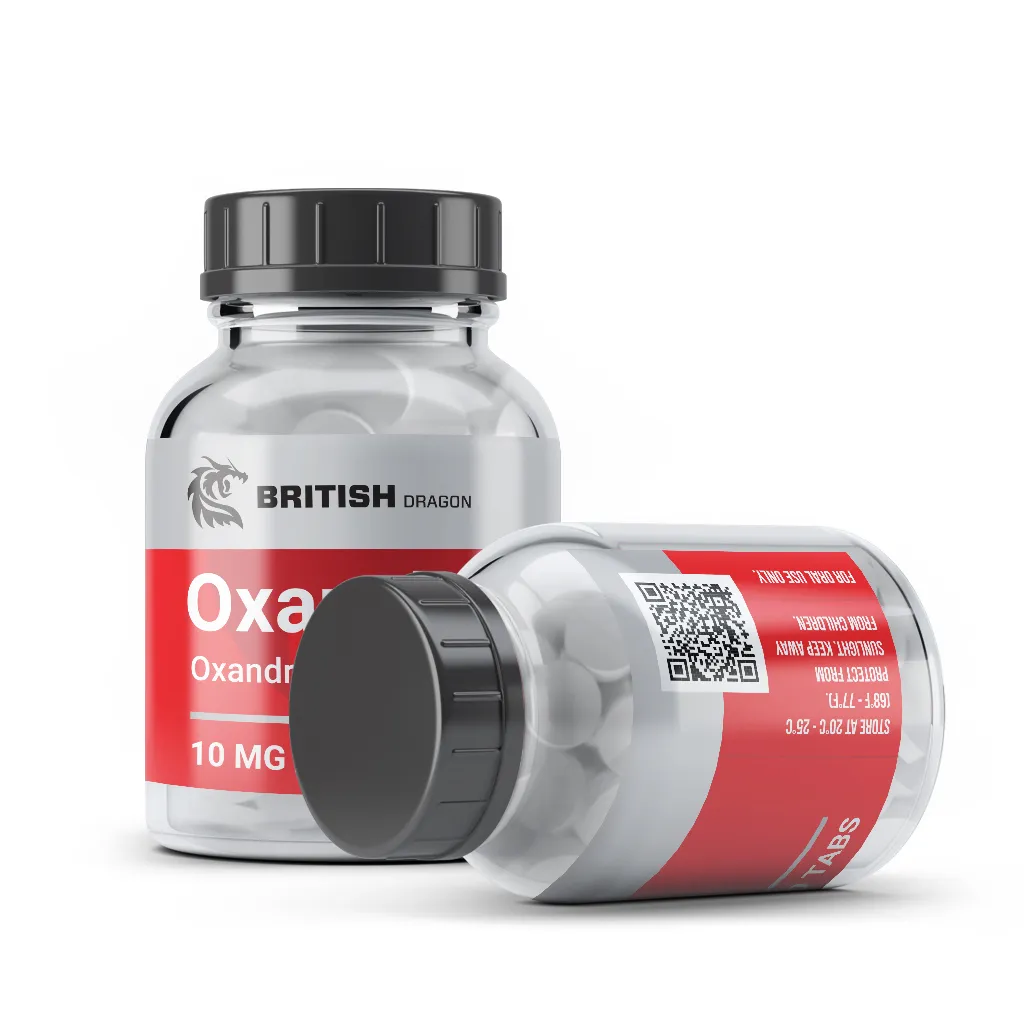
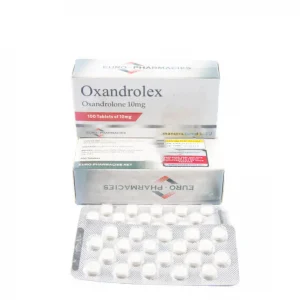

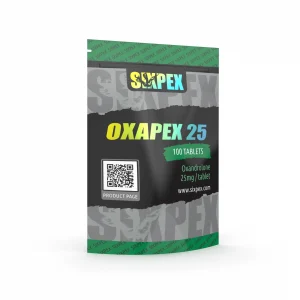
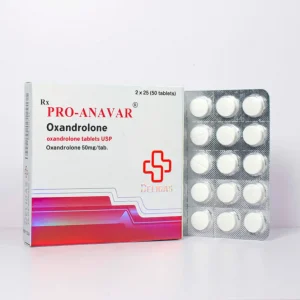
Reviews
There are no reviews yet.